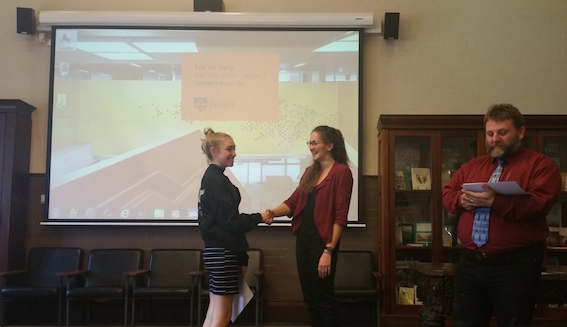My research project involves the history of the David Berry Hospital. I grew up in Shellharbour, a town twenty minutes away from Berry, and my mother worked at the hospital for many years. For this reason, it was an easy decision to investigate the hospital. Through my initial research, I found that the hospital has a rich indigenous history involving the care of women and children affected by the stolen generation. I also discovered that the Bomaderry Children’s home (only another ten minutes from the hospital) was where these children were taken. The home was the biggest and first in the state, and if the children fell ill, they would be treated at the hospital.
The Bomaderry Children’s home has been described as the “home of the stolen generation.” If this is so, why have I never heard of it? I went to school half an hour away from the children’s home and was often at the hospital as my mother worked there for many years. Why was I never taught about the home or the treatment of children at the hospital in school? Or told by people in the town or at the hospital? This hidden history that no one seems to be teaching or talking about in the town is surprising to me. I am astonished that I was not taught this history or told of the indigenous suffering so close to where I live.
In class, we recently discussed the notion of history being a form of activism. Is this lack of history a form of political silence? Is it underlining a forgotten generation and an unwanted Australian history? Or is it simply something that has been overlooked accidently? Is it possible that it could accidently be ignored? While the Indigenous people in the area keep the history alive, many individuals have forgotten, or just do not know.
Similarly, the history wars highlight this issue and their effects are now seen in the education of Australia’s children. However, what is being taught to Australian children during the interim of these debates and the years taken in to organise curriculum and education tools for indigenous history. Should we wait until the debate is over? Will it ever be over? Can the history of the indigenous people who suffered in the Children’s Home and were treated at the hospital be forgotten and ignored? Due to this debate is it, therefore, possible to write a balanced history of the home and the area?
Month: October 2016
Year 11 History Presentation Day

Student Melissa Clement with Tatiana Bur and Miller Technology History teacher, Tony Podolsak
Three months of preparation culminated on Wednesday 31 August when twenty-two Year 11 students presented their history research to an audience of their peers, teachers, and university mentors. Part of the Social Inclusion program run by the Faculty of Arts and Social Sciences, these presentations were the end result of History Investigative Projects completed by students at Granville Boys and Miller Technology high schools.
During a series of school and university visits, the Year 11s refined their research methods and essay-writing skills with the help of volunteers from the University of Sydney. This group of volunteers consisted of several postgraduate and honours students, led by PhD candidates Hollie Pich (History) and Tatiana Bur (Classics and Ancient History): The Miller students were mentored by Rebecca Geogiades, Alfred Johnson, Vivienne Joncourt, Mirela Kadric, Meg McLellan, Ethan McKenzie, Laura Signorelli, Joanna Slomka and Simon Wyatt-Spratt; this year’s Granville mentors were Ryan Cropp, Nico Bell-Romaro, Emma Kluge and Marama Whyte.
Covering a vast array of modern and ancient periods, the students explored their wider interests through their History Individual Projects. Presentation topics included Classical Greek architecture, Chinese philosophies, and biographies of Malcolm X and Muhammad Ali. The first presentation of the day detailed the history and significance of the Haka, and the audience was treated to a spontaneous performance of the Sipi Tau from four of the Granville students.
The Year 11s demonstrated an ability to relate the topics of their research to present-day issues, and to deftly communicate these complicated subjects in ways that were easy to understand. A Miller student’s presentation on Constantine’s role in the development of Christianity revealed a thorough consideration of how definitions of religious faiths and practices influence the way historians assess Constantine and his influence.
In a presentation on Tonga’s precolonial history, one Granville student showcased his extensive cultural knowledge, while another drew on his own personal experiences of racism before launching into a history of the Ku Klux Klan in the nineteenth century. It made for a richly informative day where each student brought something new to their area of research, framing their topics with a fresh set of questions and comparisons.
The Granville and Miller students show a lot of promise as researchers, and their presentations highlighted the importance of their own contributions to, and perspectives within, studies of the past.
